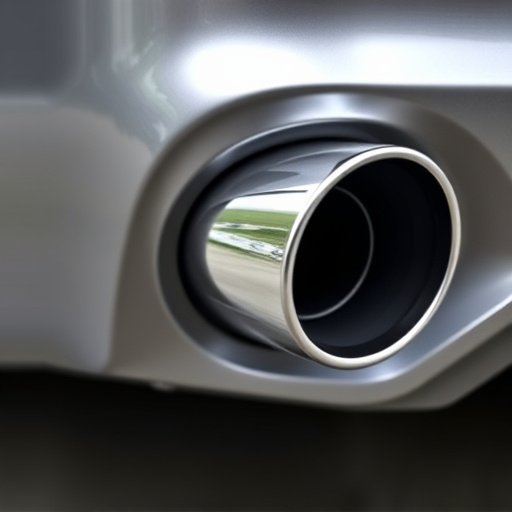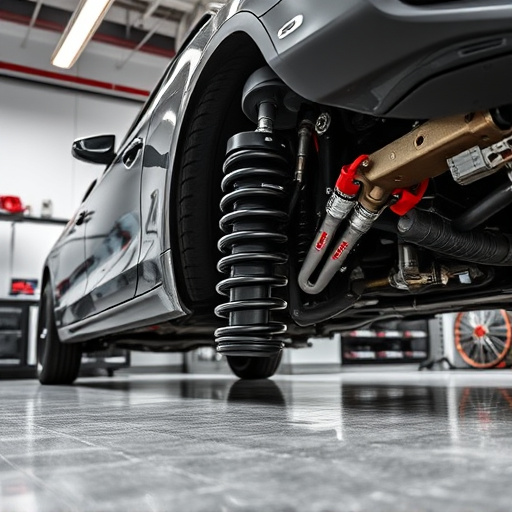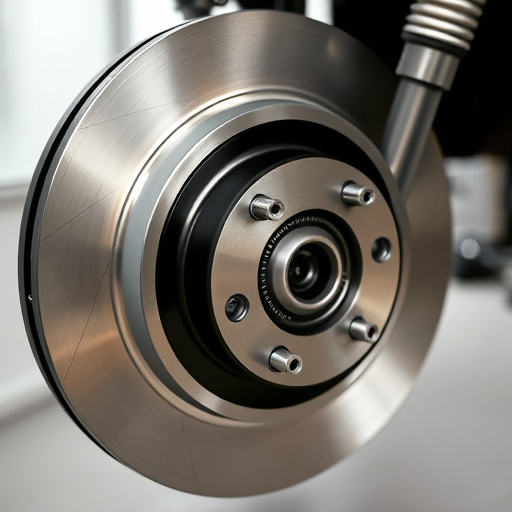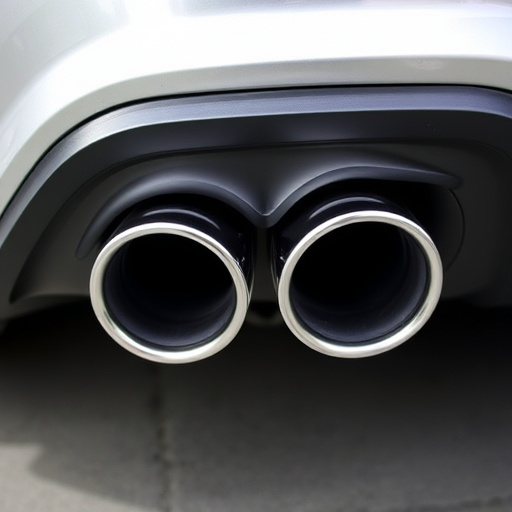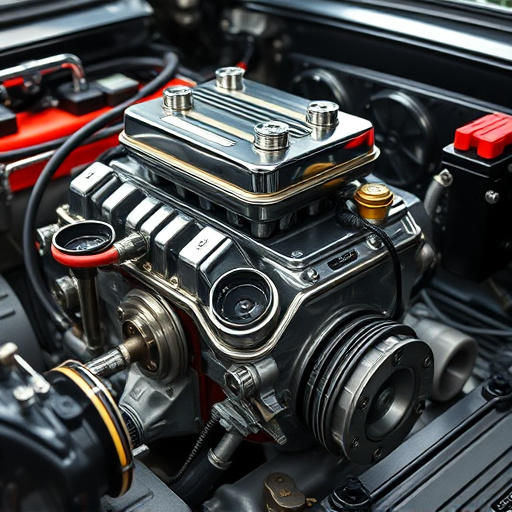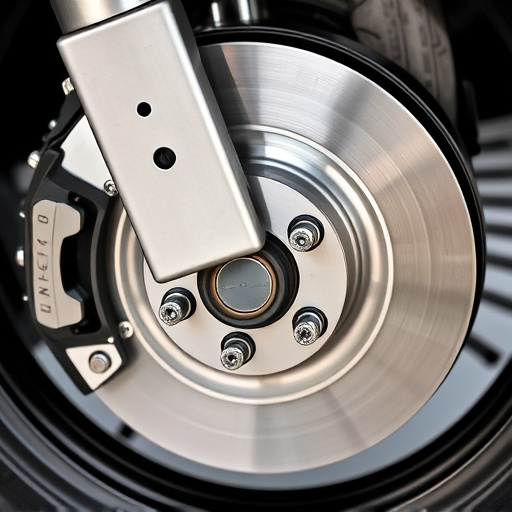Air intake systems are essential for engine performance, drawing in clean, filtered air to boost power, torque, and fuel efficiency. Optimizing installation offers numerous benefits like improved acceleration, reduced noise pollution, and a sportier driving experience, especially in turbocharged vehicles. Choosing the right installation technique, considering vehicle make, model, modifications, and desired outcomes, is crucial. Direct bolt-on systems are suitable for daily drivers, while track-focused vehicles may need custom piping and suspension adjustments. A detailed guide provides step-by-step practices for expert air intake installation, emphasizing preparation, component removal, and proper reassembly documentation.
“Unleash your vehicle’s full potential with expert advice on air intake installation techniques. This comprehensive guide delves into the intricacies of air intake systems, exploring their components and benefits that enhance performance. We’ll help you navigate the process by guiding you through choosing the ideal installation technique tailored to your vehicle. From understanding essential components to step-by-step best practices, this article ensures optimal results.”
- Understanding Air Intake Systems: Components and Benefits
- Choosing the Right Installation Technique for Your Vehicle
- Step-by-Step Guide to Expert Air Intake Installation Practices
Understanding Air Intake Systems: Components and Benefits
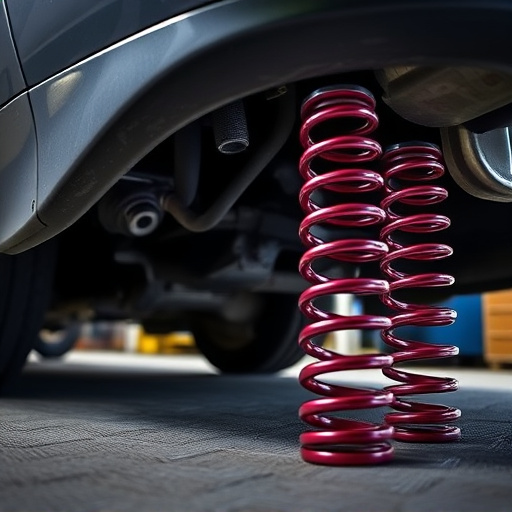
Air intake systems are a critical component of any vehicle’s engine performance and efficiency. Understanding their basic structure and functions is essential for anyone considering an air intake installation. At its core, an air intake system is responsible for drawing in fresh air from the environment and delivering it to the engine. This process begins with an air filter, which traps contaminants like dust and debris, ensuring only clean air enters the engine. The air then flows through pipes or tubes, often enhanced by muffler tips for reduced noise, before reaching the turbocharger or supercharger (depending on the vehicle’s setup).
The benefits of optimizing air intake installation are significant. By upgrading intake components, drivers can expect improved engine power and torque, resulting in better acceleration and overall performance. This is especially noticeable in vehicles equipped with turbocharged engines. Additionally, a well-designed air intake system can improve fuel efficiency by enabling the engine to burn fuel more efficiently. The right setup can also enhance the overall sound of the exhaust, providing both a satisfying roar and improved performance for those who enjoy a sportier driving experience, all while potentially reducing noise pollution through carefully chosen brake components.
Choosing the Right Installation Technique for Your Vehicle

Choosing the right installation technique for your vehicle is a crucial step in enhancing its performance, especially when incorporating components like cold air intakes or performance brakes. Different vehicles have unique characteristics and requirements, so understanding your car’s specific needs is essential. For instance, if you’re installing a cold air intake, consider the layout of your engine bay to ensure optimal airflow without compromising other parts, such as suspension kits.
Several factors influence this decision, including your vehicle’s make and model, current state of modification, and desired performance outcomes. For daily drivers looking for a subtle yet noticeable boost in power, direct bolt-on air intake systems might be the best choice. However, for track-focused vehicles or those with more aggressive driving styles, a more complex setup involving custom piping and potential suspension adjustments could yield better results, enhancing both engine performance and overall handling.
Step-by-Step Guide to Expert Air Intake Installation Practices
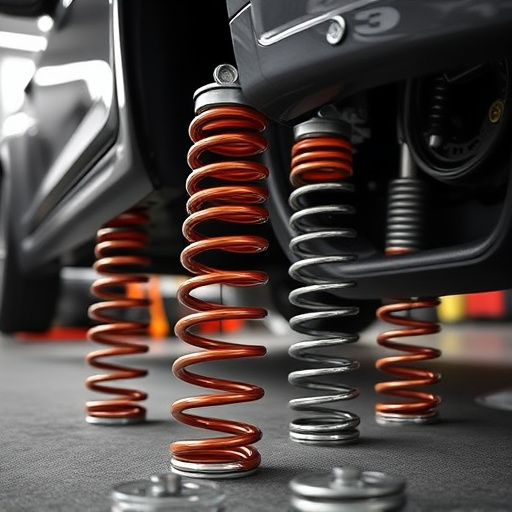
Installing an air intake system is a crucial step in enhancing your vehicle’s performance, especially when paired with upgrades like performance brakes and suspension kits. Here’s a step-by-step guide to expert air intake installation practices:
1. Preparation: Begin by gathering all necessary tools and components, ensuring compatibility with your vehicle model. Clear the area around the engine bay for easy access. Safety first! Always wear protective gear, including gloves and safety glasses.
2. Remove Existing Components: Carefully disassemble any obstructions around the air intake point. This might involve detaching heat shields, sensors, or other components. Document the original layout using photographs to ensure proper reassembly later.
Air intake installation is a crucial modification that can significantly enhance your vehicle’s performance. By understanding the components and benefits of these systems, along with choosing the right technique for your vehicle, you can achieve optimal results. Following expert practices ensures not only improved engine efficiency but also a seamless integration into your car’s existing mechanics. Whether you’re a seasoned enthusiast or a newcomer to modifications, mastering air intake installation techniques is a valuable skill that can unlock the full potential of your ride.








